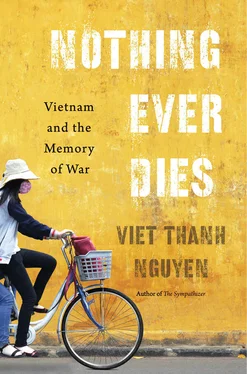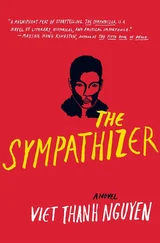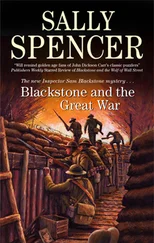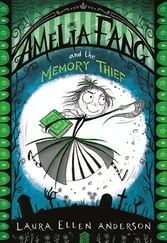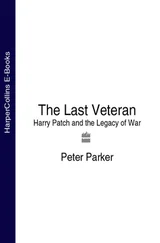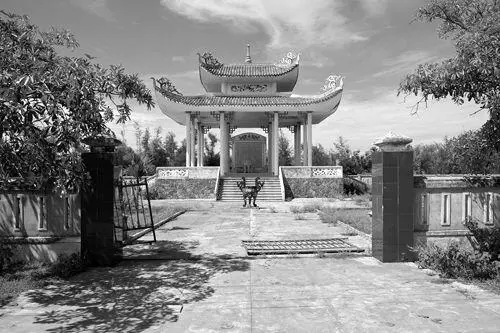
I found that lonely memorial after some effort, on a trail off of a side road from Highway 1A, soon after it passes through Da Nang on the way to scenic, charming Hoi An. Many Korean troops fought near Da Nang, but they might have a hard time recognizing Highway 1A now. Once rural and sparse, the road is now a luxurious stretch of resorts and golf courses, some built by Korean corporations. Few of the tourists who come to these places would want to visit Ha My, if they even knew of it or could find the memorial. Whereas martyrs’ cemeteries abut roads, the memorial at Ha My is placed far back, away from sight. My driver drives by twice before I spot its peaked roof. To reach the memorial from the road, I have to dismount and then walk past village homes and across rice paddies. In the summertime, under a hot midday sun, the paddies are dry and brown. As I trudge on a dirt path to a small, ornate temple in a courtyard with yellow walls, only a single farmer is visible in the fields. The blue metal gates have fallen off their hinges, one propped on a wall, the other lying on the courtyard’s pavement. An elevated dais occupies the center of the square courtyard, with sixteen pillars holding up two green-shingled roofs. In the middle of the dais, a memorial wall commemorates the victims of January 24, 1968. The oldest victim was a woman born in 1880, and the three youngest died in 1968, perhaps in their mothers’ wombs. Vo Danh — without a name — takes the place of their given names. The memorial names 135 people “who were killed” ( bị sát hại ), but on the matter of who killed them, the memorial is silent. The villagers wanted the statement to say that Korean soldiers killed the villagers. Korean veterans, paying for the memorial, did not. 54
KILLING IS THE WEAPON OF THE strong. Dying is the weapon of the weak. It is not that the weak cannot kill; it is only that their greatest strength lies in their capacity to die in greater numbers than the strong. Thus, it did not matter, in terms of victory, that the United States only lost fifty-eight thousand or so men, or that Korea only lost five thousand or so men, while the Vietnamese, Laotians, and Cambodians lost approximately four million people during the war’s official years (rounding American casualties in this way acknowledges what novelist Karen Tei Yamashita charged when it came to the death statistics for American boys versus everyone else involved in this war, namely that “numbers for Vietnam are rounded off to the nearest thousand. Numbers for the Boys are exact” 1). Americans could not absorb their losses in the same way that their enemies simply had to do. While the American public would not tolerate a casualty count in the thousands, and knew that the United States could always leave Vietnam, the Vietnamese who opposed the Americans were fighting for their country and had nowhere else to go. The American war machine ran aground on the bodies of its own men as well as the bodies of those it killed, with the specter of the Vietnamese body count mobilizing global opposition. In the war’s mnemonic aftermath, this paradox of the strong and the weak continued. The American industry of memory triumphed in dispatching its machines of memory all over the world, but they could not completely eradicate those bodies that had brought the war machine to a halt, those bodies that turned the name of Vietnam into a symbol of revolutionary victory against empires. Likewise, within Vietnam and Laos, the industrial efforts by the victorious regimes to remember their war as being heroic triumphs against the Americans could not completely erase those same bodies that the American war machine crushed. The bodies lingered, too many of them to be avoided, evoked by both the Americans (who killed them) and the Vietnamese and Laotians (who sacrificed them). Sometimes those bodies appeared in gruesome form as a “legion of angry ghosts,” in the words of anthropologist Mai Lan Gustafsson. 2Sometimes they were resurrected as heroic statues.
Unlike the industries of memory for superpowers or aspiring powers, the industry of memory for a small country does not export its memories on any great scale. This industry’s memories appear unpolished on the global market, and its makers recognize that asymmetric memory fights best on its own soil. The small country depends on luring foreigners to its own territory through offering itself cheaply, as a locale for budget tourism that includes the surprise tourist trap, where the tourist is ambushed by history as seen from the local point of view. But like most other industries of memory that turn their attention to war and its afterlife, the smaller one shares a similar emotional register with the more powerful ones, alternating between horror and heroism, with sorrow occupying the middle register. Revolutionary icon Ho Chi Minh, symbol of memory and amnesia, personifies how a small country’s industry of memory functions asymmetrically, outmatched as it is by a large country’s more powerful memory. His body, or as some rumors suggest perhaps just its replica, can be visited in a mausoleum in Hanoi. There he is the sole occupant, a luxury in a land where it is common for whole families to live in one room. His body lies encased in what I imagine is a refrigerated crystal sarcophagus, face not quite pressed against glass, unlike those deformed fetuses, victims of Agent Orange, that one encountered in the War Remnants Museum until recently. There is no heat, no smell, and no noise in his mausoleum. The Vietnamese, who never queue for anything, silently and orderly move in single file past the body. No one is allowed to take pictures because photographs take on lives of their own that are separate from the dead.
Is this body a heroic statue or a gruesome zombie, kept alive against its will by a state that defied Ho Chi Minh’s wishes that he be cremated, his ashes spread over the country? Both. His body, or its facsimile, is a stage prop for the Communist Party, its war machine, and its industry of memory. His body is either heroic or horrific, neither quite living nor quite dead, a stone-cold, inhuman embodiment of what the scholar Achille Mbembe calls “necropolitics.” In necropolitical regimes, states wield the power of life and death by determining who lives and who dies, including those unfortunates caught in between life and death. Think of refugees encamped in the limbo of the stateless, or those targets of drone attacks and supposedly surgical missile strikes, or those populations under authoritarian regimes or occupying powers. The victorious Vietnamese saw the American war machine as the tool of a necropolitical regime, dispensing death, incarcerating prisoners, and creating refugees at will. The defeated Vietnamese saw the Communist Party as the necropolitical power that consigned them to reeducation camps and new economic zones, forced them to flee abroad as refugees, and sometimes caused them to linger for years and decades in camps. To them, Ho Chi Minh symbolizes not heroism but horror. They call him the devil or compare him to Hitler, and displaying his picture to communities of exiles incites rage. To these exiles, his chilled afterlife and the betrayal of his wishes amount to an ironic act of justice, a horror committed on the horrible.
Like every historical artifact, Ho Chi Minh — or his body, or its facsimile — is haunted and animated by its own ghost, which is both inhuman and human, inasmuch as the ghost belongs to us, the living, the issue of our belief, fear, guilt, or paranoia. This blurred line between the inhuman and the human is the place of the inhumanities and the necropolitical. By keeping Ho Chi Minh’s body on ice, the triumphant state plays a dangerous game of the inhumanities, gambling that it can tame his ghost and use its human face to pacify a people who may not be satisfied with the regime. In doing so, the regime allows his inhuman face to haunt the land and the memories of the people. When his body is a memorial and his resting place a site of pilgrimage, the people can hardly forget him and everything he lived and died for, mythically or in reality. Powerful symbols have multiple meanings which resist the attempts at complete legislation by critics and apparatchiks. Necropolitical regimes believe or hope that they can control the symbolic meanings of war, subduing the horror and foregrounding the heroic, instilling in the people a sense of sorrow for their dead rather than anger over the fate of those dead. This effort to control symbolism is the reason why the government forbids photographs of the sacred relic that is Ho Chi Minh’s body. The spirit of this injunction applies in a peculiar way to his statue in the nearby Ho Chi Minh Museum. This golden, inhuman figure — not lifelike because it is much larger than life — towers over the tourists, who are allowed to photograph it until noon. Then the museum closes for a short time and the cleaners arrive. They extend long-handled mops toward the statue’s head, which is the moment when a security guard demands that I put away my camera. It is my greatest missed opportunity, the sight of a custodian running his mop over the great man’s forehead.
Читать дальше
